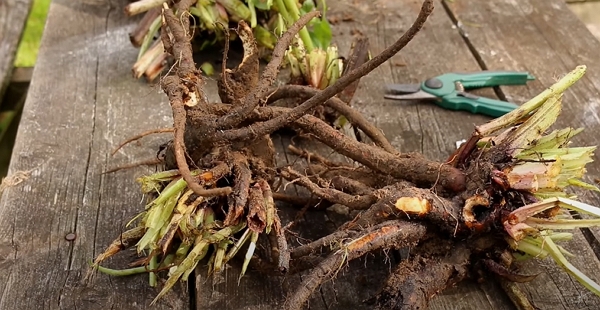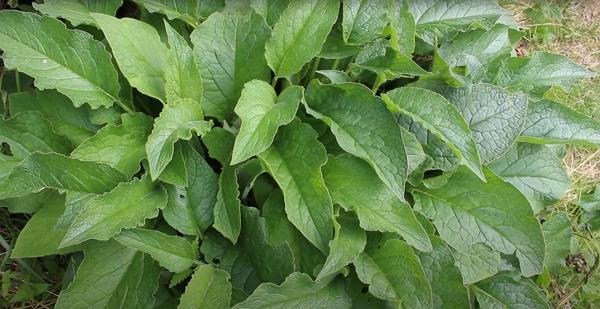Comfrey provides many benefits in the garden, from composting to mulching. Let’s look at it.
Thanks to Huw Richards for sharing his wisdom and knowledge! I wrote the following notes watching the video published on Huw Richards’ channel.
You can watch the original vlogs using the following links:
- 2 Methods of Comfrey Propagation
- Growing and Using Comfrey—Perfect Plant for Permaculture Vegetable Gardening
- How to Propagate Comfrey - 2 Great Methods
What is comfrey
Comfrey is a perennial herb that likes to grow in moist soil and in the shade.
It’s native from Europe and Asia and it was introduced into the USA in the 17th century, where it thrives today.
Its tap root can sometimes reach 3 m in depth. The plant can grow as tall as 1.5 m and 2 m wide.
It’s known as a dynamic accumulator, meaning that it mines the minerals and nutrients from the ground and draws it into the leaves.
The root acts like a straw.
The leaves are therefore high in nitrogen, phosphorus, potassium and calcium, which makes it a great liquid feed ingredient.
Usage
It’s really easy to grow. You can obtain up to 3 cuts per year to using in mulching, liquid feed, compost ingredients and even as a herbal tea.
To feed the soil, comfrey is really good.
For example, to make the liquid feed, you simply need to:
- cut some leaves and tear them up into a bucket.
- press down the plant and add water to cover the materials
- leave it to ferment for 3 to 4 weeks
- strain it
- dilute it with 1:10 ratio with water before applying it to the vegetables.
You can mix the comfrey with stinging nettle, another mineral rich plant.
As a mulch, you will simply apply the raw leave at the bottom of the plant you want to give a boost of nutrients and minerals.
Propagation
The propagation is easy.
Personal note
At the end of last year, I had little comfrey plants growing near the main plants (very likely from seeds).
I transplanted them in another location in my garden and they’re successfully growing since the spring began.
The other method is to dig out some mature plant and use the roots propagate.

You simply take the roots and cut them into 5 cm long pieces. Then Huw suggests to put them into medium modules to so that they can get started, and then you transplant them.
I’m wondering if simply bearing the piece in the soil doesn’t just work as well.
The comfrey “bocking 14” variety is especially good at propagation from a small section of roots.
The best time to do this is late spring or early summer.
